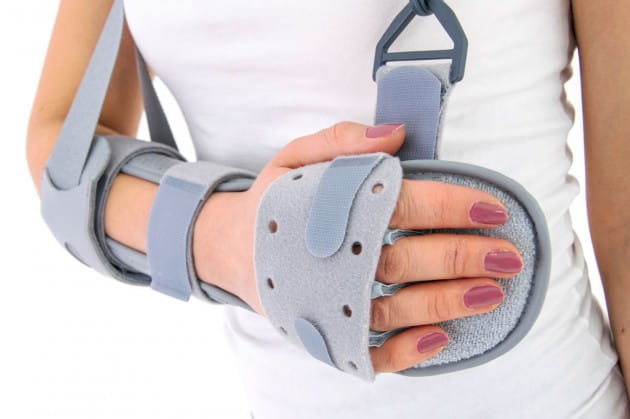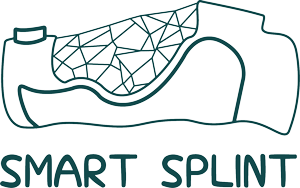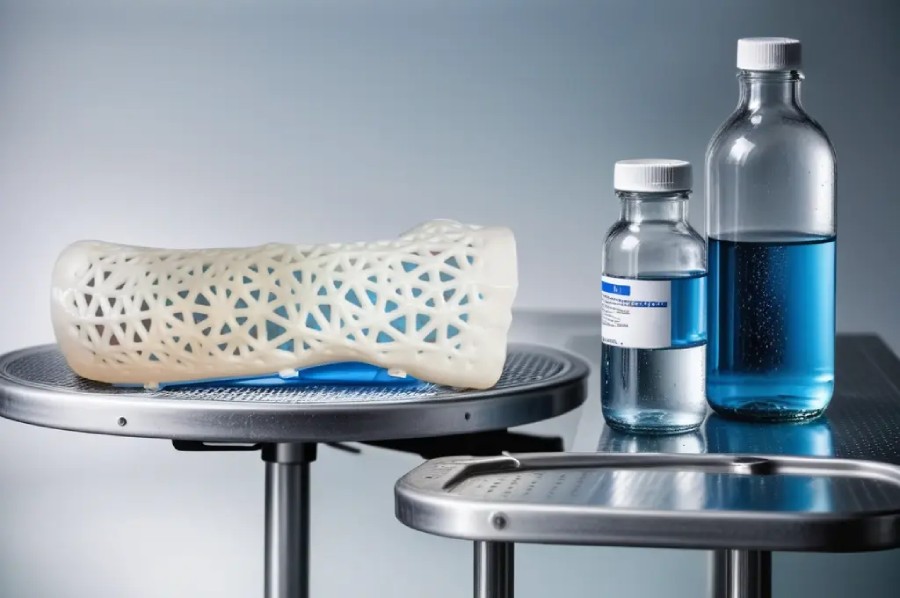
Caring for Your Splint: Essential Tips for Optimal Orthopedic Recovery
Introduction:
Orthopedic splints play a crucial role in supporting the healing process after fractures, injuries, or surgeries. Proper care and maintenance of your splint are essential to ensure its effectiveness and contribute to a smooth recovery journey. This blog explores practical tips and insights on how to keep your splint in optimal condition, promoting comfort and aiding in the overall success of your orthopedic recovery.
1. Maintaining Cleanliness:
One of the fundamental aspects of splint care is keeping it clean. While orthopedic splints are designed to be durable, dirt, sweat, or moisture can accumulate over time, leading to discomfort and potential skin issues. Gently clean the surface of the splint with a damp cloth and mild soap, ensuring that the cleaning agent does not seep into any openings or padding.
Ensuring cleanliness is a fundamental aspect of splint care, recognizing that despite their durability, orthopedic splints can accumulate dirt, sweat, or moisture over time, potentially causing discomfort and skin issues. To maintain hygiene, it is advised to gently clean the splint’s surface using a damp cloth and mild soap. Care should be taken to prevent the cleaning agent from seeping into any openings or padding, preserving both the integrity and comfort of the splint.
2. Avoiding Moisture:
Moisture can compromise the integrity of your splint and may lead to unpleasant odors or skin irritations. Take precautions to keep your splint dry. Use a waterproof cover when showering or bathing, and be mindful of environmental factors, such as rain. If the splint does get wet, consult your healthcare provider for guidance on drying and potential replacement.
Moisture poses a potential threat to the integrity of your splint, potentially causing unpleasant odors or skin irritations. It’s essential to proactively prevent moisture exposure by utilizing a waterproof cover during showers or baths and considering environmental factors, like rain. In the event of the splint getting wet, seek guidance from your healthcare provider on proper drying methods and potential replacement options to maintain optimal splint functionality.
3. Protecting Against Impact:
Splints are designed to provide support and protection to the affected area. However, they are not indestructible. Take precautions to avoid impact or excessive pressure on the splinted limb. Be mindful of your surroundings, use protective gear if engaging in physical activities, and avoid putting excessive weight or pressure on the splint.
4. Ensuring Proper Fit:
A well-fitted splint is crucial for effective support and comfort. If you notice any changes in the fit, such as loosening or discomfort, consult your healthcare provider promptly. They can adjust or replace the splint to ensure it continues to provide the necessary support throughout your recovery.
The importance of a well-fitted splint cannot be overstated in terms of both effective support and comfort. If you observe any alterations in the fit, such as loosening or discomfort, it is imperative to promptly consult your healthcare provider. Their expertise allows for adjustments or replacement of the splint, guaranteeing it maintains the essential support required throughout your recovery journey.
5. Elevating and Resting:
Elevating the splinted limb when resting can help reduce swelling and promote circulation. Follow your healthcare provider’s recommendations for proper elevation techniques. Additionally, taking regular breaks to rest the limb can prevent fatigue and discomfort associated with prolonged use of the splint.
6. Monitoring Skin Health:
Regularly inspect the skin around and under the splint for any signs of redness, irritation, or pressure sores. If you notice any abnormalities, consult your healthcare provider. They can address potential issues and provide guidance on maintaining skin health while wearing the splint.
Consistent monitoring of the skin around and beneath the splint is paramount. Routinely examine for any indications of redness, irritation, or pressure sores. Should any abnormalities arise, it is advised to promptly seek consultation with your healthcare provider. Their expertise enables them to address potential issues and offer guidance on preserving optimal skin health during the splint-wearing period.
7. Adhering to Healthcare Provider’s Instructions:
Your healthcare provider will provide specific instructions for caring for your splint based on the type of injury or surgery. Follow their guidance meticulously, including any scheduled check-ups or adjustments. Open communication with your healthcare team ensures that they are informed of any concerns or changes in your condition.
Conclusion:
Nurturing your orthopedic splint is a critical component of a successful recovery journey. These invaluable tips serve as a compass, guiding you to maintain a clean, comfortable, and effective splint that supports the healing process. Open communication with your healthcare provider is paramount—adhere to their guidance, openly discuss any concerns, and prioritize self-care. Incorporating these practices into your routine empowers you to optimize your orthopedic recovery, fostering confidence as you regain mobility and overall well-being.


